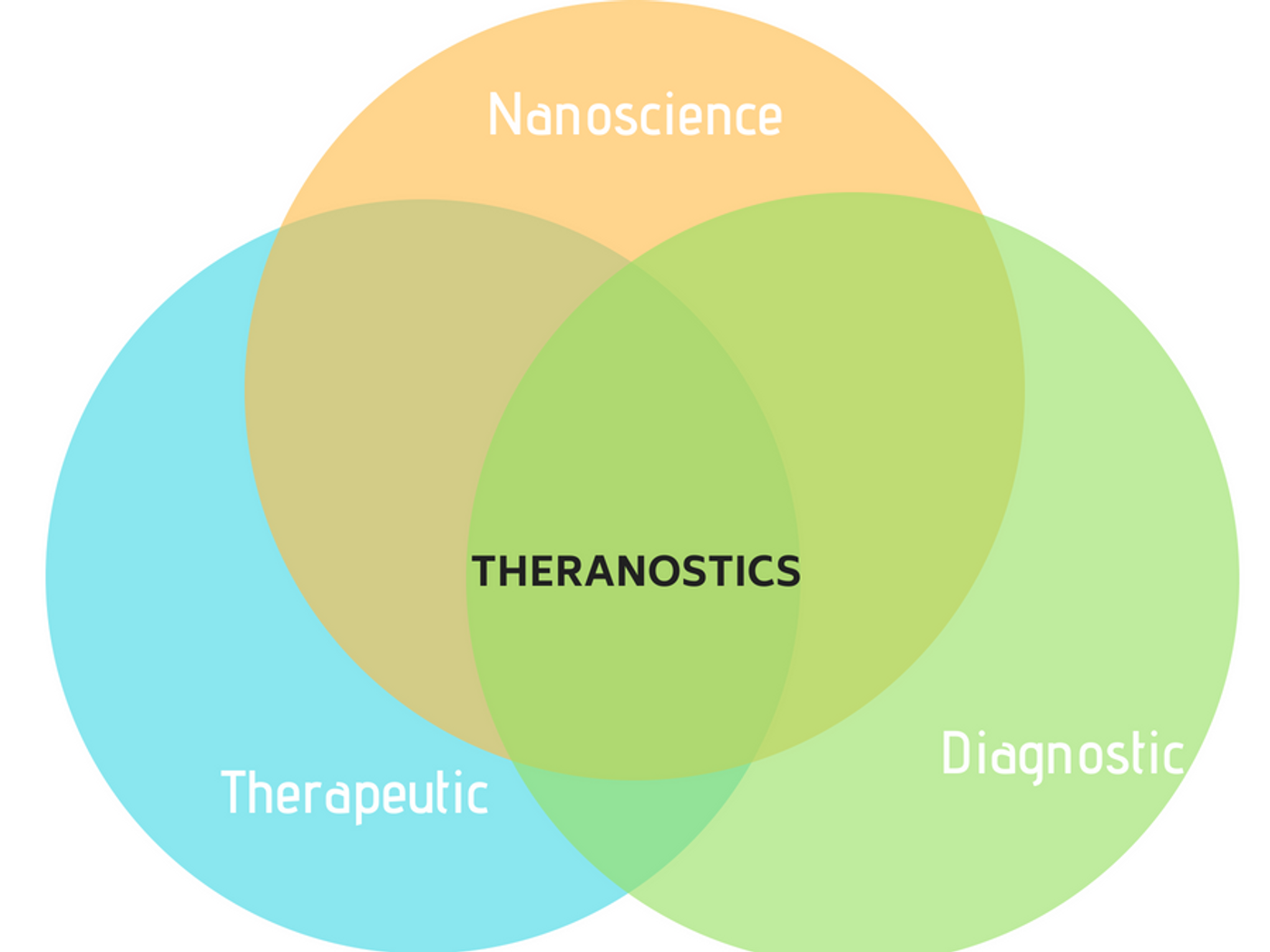Theranostics.....Heard of it?
Healthcare researchers across the globe spend their time, energy, and expertise searching for new ways to treat patients; they look for new ideas using advances in cell biology and in technology. Theranostic nanomedicine, or theranostics, has been emerging for a handful of years as a potential new therapeutic avenue for cancer patients. It is gaining a little more press at the moment as new efforts are shared for the treatment of some cancers.
Theranostics aims to combine therapeutic and diagnostic tools to create a more efficient treatment option for various diseases. It has been closely tied to personalized medicine in the hopes of creating protocols tailored to individuals; however, a group from multiple institutions have recently published data outlining the use of nanoparticle stabilized microbubbles which will gather in a tumor. In this study, these microbubbles accumulated in the tumor and utilized a near-infrared laser in photothermal therapy (PTT) via ultrasound.
In some instances, the microbubbles are acting as delivery units carrying things like pharmaceuticals or even simply oxygen. Because tumors grow rapidly, they quickly lose their source of good oxygen as blood supplies are squeezed out of the space. The release of microbubble contents occurs via ultrasound directly in the tumor and can result in tumor cell death very quickly. PTT is attractive because nanoparticles can exhibit unique photothermal properties and can therefore be exploited for detection and noninvasive ultrasound for activation within the tumor itself.
Keys to this new therapeutic approach design include that these nanoparticles or microbubbles must be highly specific for the affected tissues and gather at the site of that tissue, are able to deliver measurable differences therapeutically, and can be degraded with in the body to non-toxic metabolic products.
Nanoparticles being used in this type of work are usually estimated at between 4 and 100 nm. They exhibit strong association with in vivo proteins including enzymes, antibodies, and receptors.
Currently, there are clinical trials looking at the use of microbubbles to treat neoplasms of the digestive system and breast tissue as well as for locating and characterizing high grade prostate and breast cancers (separate studies).
Researchers still feel this approach is in the very infant stages for cancer treatment planning purposes, it is certainly promising with future potential.
Sources: Advanced Drug Delivery Review, Journal of Materials Chemistry B, Journal of Food & Drug Analysis, Journal of the Pharmaceutical Society of Japan, ClinicalTrials.Gov,









